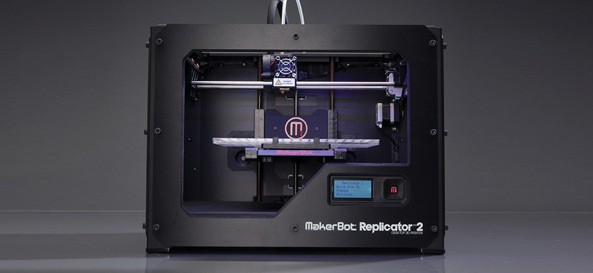
All the talk about 3-D printing sounds reminiscent of those first rumors of the coming Internet revolution.
We were told that the Internet would be a seismic shift, one that would change the way we lived. Such rumors were, if anything, a little understated, and the same might be said of 3-D printing.
So when word starts getting around that 3-D printing can solve world hunger, we’d do well to not dismiss it as empty hype.
The plan has been put forward by Anjan Contractor, whose company has landed a grant from NASA to invent what’s being called a “universal food synthesizer:” It’s a printer that prints food. Contractor’s vision is for you to own a printer that knows you and can customize a meal to your nutritional needs.
The key to solving hunger is in the building blocks of this food: cartridges of powders and oils that react in different ways according to what sort of food the printer is making. This powder has a shelf life of about 30 years, which means the end of food waste.
If eating powder doesn’t sound particularly appealing, Contractor says you’re thinking too short-term. “I think, and many economists think, that current food systems can’t supply 12 billion people sufficiently,” he says. “So we eventually have to change our perception of what we see as food.”
That change may come sooner than we’d like, as many experts are expecting the global population to hit 12 billion toward the end of the century. And it may not be as radical a shift in your idea of food as you think: Contractor says right now, pizza is the easiest kind of food to print.
So, what are 3-D printers, really?
The technical term is “additive manufacturing,” but 3-D printing is actually just what it sounds like: machines that can make just about any three-dimensional object based on a digital mode.It actually works by laying layers of material on top of one another, but the real trick is in the material being laid down. Different base compounds of materials such as plastic and rubber can be used to print clothing, tools and medical supplies. In addition to food, researchers are experimenting with printing houses, firearms and vehicles. But even that pales in comparison to the “organic ink” that’s being used to print organs and body parts.






















